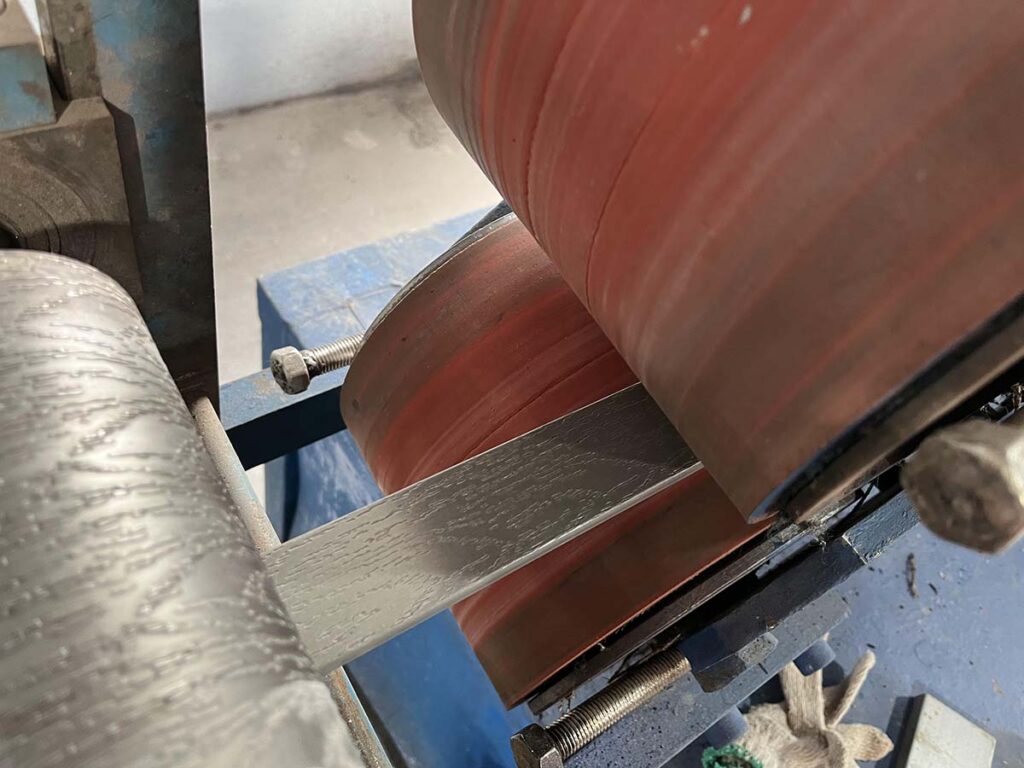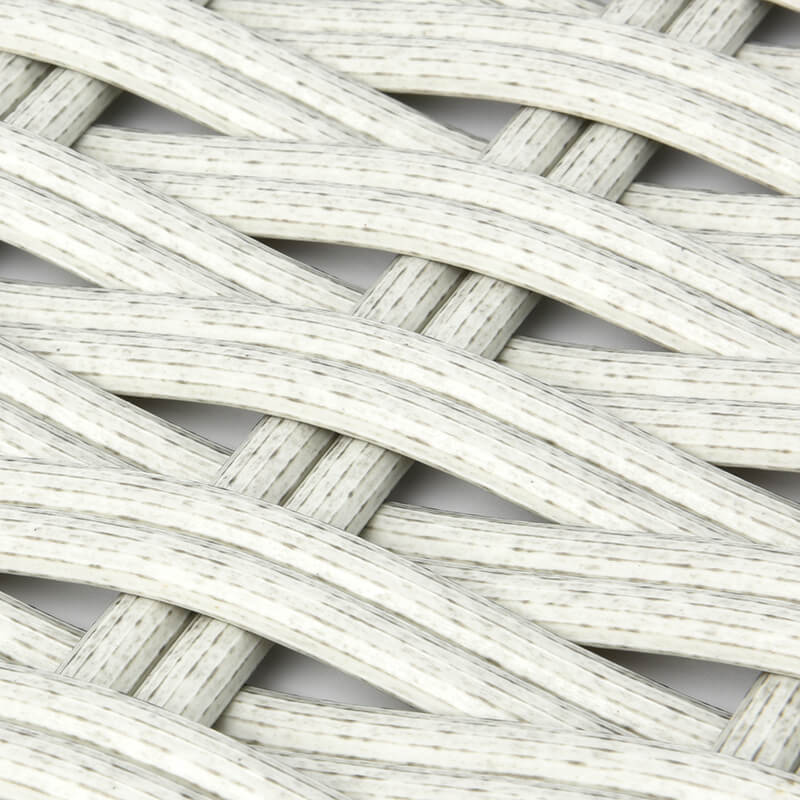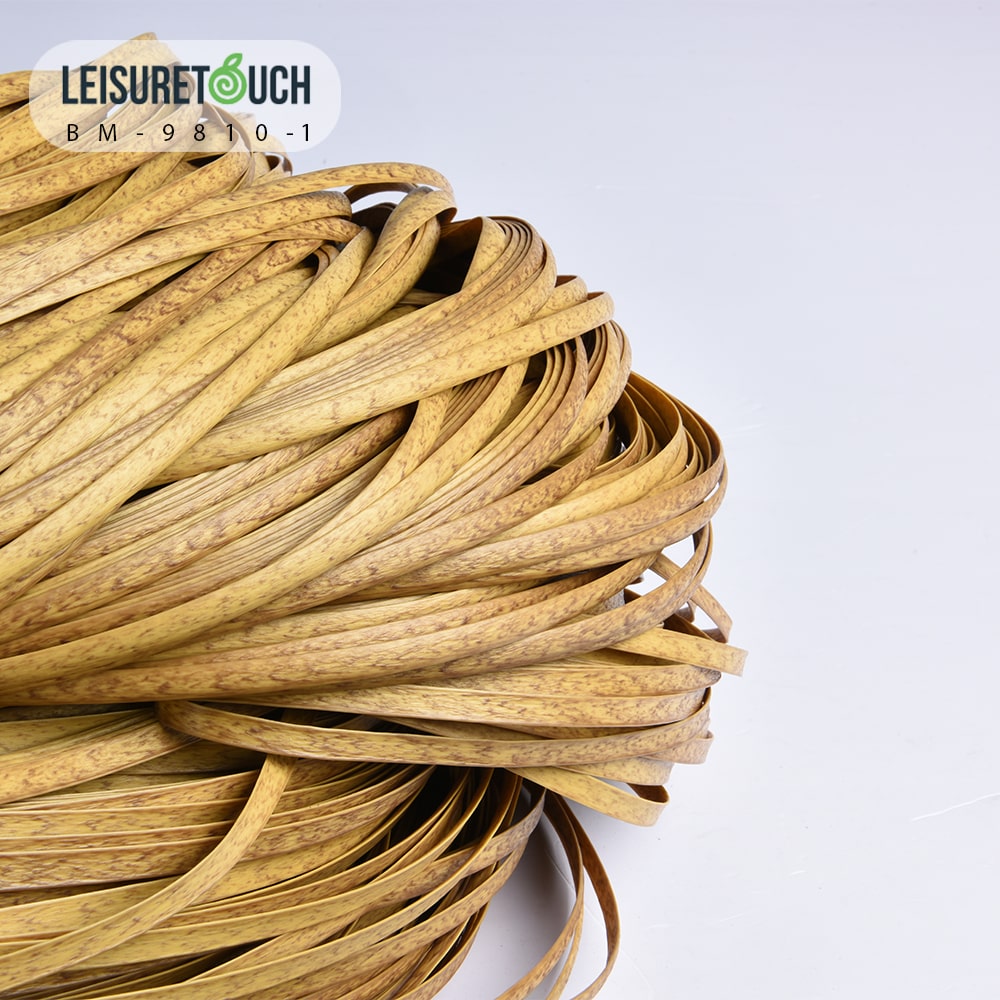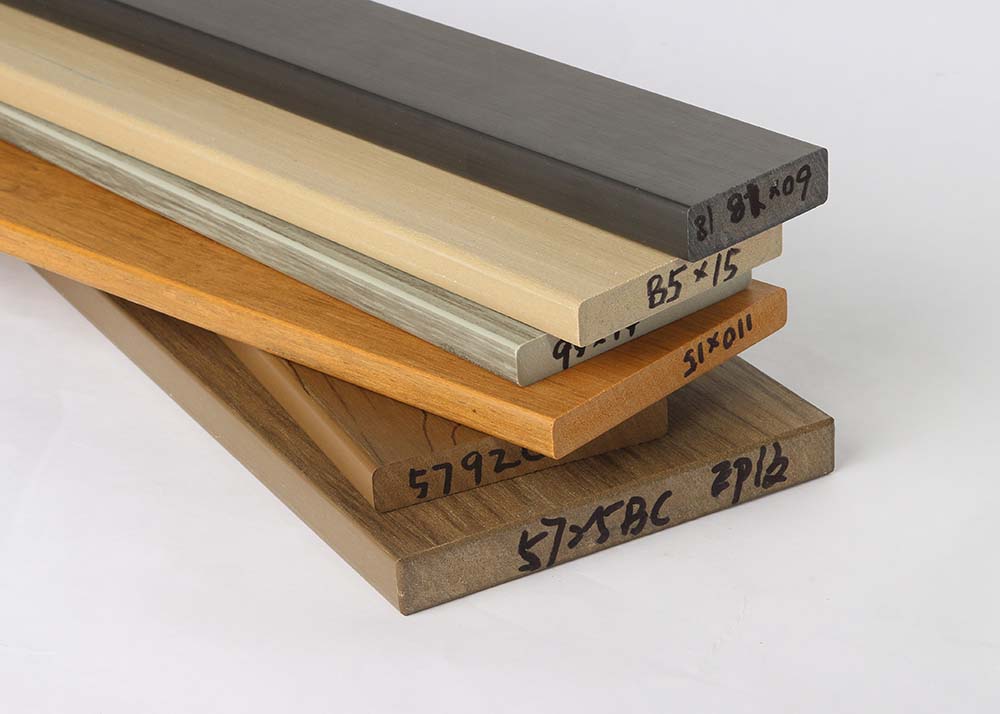Introduction
When you click on this article, you might be curious about HIPS plastic wood material. No worry! I will introduce it to you in the following paragraphs.
In recent years, because of the increasing popularity of plastic wood material, the demand for this artificial wood has continued to grow, making it one of the widely chosen materials for outdoor furniture manufacturing. Combining both aesthetic appeal and durability, plastic lumber is now commonly used in diverse outdoor settings such as hotel lounges, poolside areas, gardens, rooftops, or along coastlines, offering a versatile and eco-friendly alternative to traditional wood.
However, there are many types of plastic wood, each made from different materials, such as HDPE lumber and HIPS wood. While HDPE wood is widely known, this article will focus on HIPS plastic wood. I will explore its unique properties, advantages, and common applications, highlighting why HIPS lumber has been becoming a popular material for both residential and commercial spaces.
侧面图.jpg)
The History of HIPS Plastic Material
Although HIPS plastic lumber is a type of relatively new outdoor furniture material, the history of its raw material “PS plastic” can be traced back to many years ago. Polystyrene (PS) was first discovered in 1839 by a German apothecary named Johann Eduard Simon in Berlin. (Click here to view more details) When he was working with the resin from the Sweetgum tree, called storax, he distilled an oily substance from it. A few days later, he noticed that the substance had turned into a jelly-like form, which he mistakenly called styrol oxide, thinking it had undergone an oxidation process.
After nearly a century this material was discovered, Polystyrene was first industrialised in 1931 by the I. G. Farben company. However, the pure polystyrene is super brittle and unsuitable for diverse applications. As a result, it is combined with polybutadiene or rubber to create a copolymer. After this process, pure polystyrene was strengthened and turned into HIPS (High Impact Polystyrene), resulting in a very stiff material which is suitable to be used for different applications. Nowadays, in modern society, HIPS has become a cost-effective and eco-friendly material that is widely used in cars, electronics, furniture, laptop casings, soft drinks cups, plastic cutlery, food packaging and many more.
What Is HIPS Plastic Material?
As the popularity of HIPS plastic wood continues to grow, many people who are new to the material or considering it for their next project may have questions and concerns. This is because HIPS does not seem as widely known as HDPE in the market. Now, let’s take a closer look at HIPS material to better understand HIPS plastic lumber.
High Impact Polystyrene (HIPS) is a versatile, recyclable thermoplastic and a variant of general-purpose polystyrene (GPPS). Added with synthetic rubber (butadiene), HIPS plastic material is less brittle and more impact-resistant. In its original form, HIPS is an opaque white material with a matte finish. It is non-toxic, has a low melting point, and is tough yet affordable, making it ideal for low-heat manufacturing processes.

The combination of sustainability, high impact strength, rigidity, ease of processing, and affordability makes HIPS plastic a popular choice for outdoor applications where it can withstand various harsh weather conditions. Whether for consumer products, packaging materials, or plastic wood production, HIPS is an excellent solution.
Benefits of HIPS Plastic Lumber
- Weather-resistant: Completely made of HIPS plastic material, this synthetic wood is not sensitive to various outdoor elements. It is strongly resistant to rain, wind, rot, insects, and UV rays, making it a suitable material for outdoor furniture.
- Lightweight: HIPS plastic wood is lightweight, making it easy to move and handle. Its low density ensures that furniture or structures made from it are convenient for rearranging or transporting without much effort.
- Affordable: HIPS are an affordable material compared to other thermoplastics such as ABS and polycarbonate. Therefore, HIPS plastic lumber is a popular choice in many applications due to its affordability.
- Easy-processing: Plastic lumber that is made of HIPS material is easy to process and can be manufactured by a variety of production techniques such as extrusion, injection moulding and thermoforming. Its low melting point and good fluidity make it easy to mould into different shapes and sizes.

- Sturdiness & Durability: HIPS is a rigid material that can retain its shape and size even under pressure. Therefore, HIPS plastic wood has exceptional stability, making it strong and durable in various applications.
- Impact resistance: This synthetic wood has excellent impact resistance and is suitable for applications that require exceptional durability and toughness. This means that furniture or flooring made from HIPS plastic wood will not easily break and bend when exposed to sudden impact.
- Non-fading: It is non-fading since HIPS plastic has excellent UV resistance, which helps prevent the plastic wood material from degrading or losing colour when it is exposed to strong sunlight for a long period.
- Low-maintenance: Does not need additional maintenance from people, furniture pieces that are made of HIPS plastic lumber are convenient and easy to clean, making it durable and ideal for outdoor use.
- Eco-friendly: HIPS is recyclable and can be reused in the manufacture of new products, therefore, this wooden material helps reduce waste and is good for our environment.

Common Applications of Eco-friendly PS Lumber
HIPS wood, a versatile and durable synthetic wooden material, is widely used in a variety of applications, especially for outdoor and indoor environments. Common uses include flooring, decking, and railings, making it ideal for patios, poolside decks, outdoor lounge areas and pergolas. It is also popular for garden pieces like fencing, plant stands, outdoor chairs, sofas, tables and benches due to its weather-resistant properties. In addition, HIPS wood is also used for construction projects such as wall panels of buildings or malls, offering both aesthetic appeal and practicality. Its durability, resistance to fading, easy-maintenance and weathering make it a reliable choice for these applications.
HDPE Plastic Lumber vs. HIPS Plastic Wood
As two popular choices in plastic lumber materials, HDPE and HIPS lumber are often compared together. Below is a simple comparison of their differences, helping you make a better choice for your outdoor furniture production.
- Outdoor Practicality: Since both of these two materials are made of eco-friendly, durable thermoplastics, they are all suitable for your long-term outdoor use. Unlike traditional real wood which is easily affected by harsh outdoor conditions, PE and HIPS lumber are weather-proof, waterproof, insect-resistant, and non-fading, Therefore, they are both practical for outdoor furniture use.
- Heat Resistance: While both materials can resist UV exposure outdoors, there are significant differences between HIPS and HDPE wooden materials. HIPS has limited heat resistance and starts to soften and deform at relatively low temperatures, usually around 70-80°C (158-176°F). Therefore, it is not suitable for extremely hot environments. In contrast, HDPE has a higher melting point, around 120-130°C (248-266°F), and can withstand both high and low temperatures without significant deformation or performance loss.

- Strength: These two synthetic woods have their own strength differences. HIPS is known for its excellent impact resistance, meaning that it can withstand sudden impacts without cracking or breaking. Meanwhile, PE lumber offers exceptional tensile strength, allowing it to endure high stretching stress without deforming or breaking.
- Cost: PE lumber tends to be more expensive due to its higher-density polymer. It requires more expensive raw materials and complex manufacturing processes. On the other hand, HIPS artificial wood is generally more affordable as it is made from cost-effective polystyrene and has a simpler production process.
After reviewing this information, it is clear that both HDPE and HIPS lumber have unique features and advantages. You can choose the right material based on your budget, project requirements, and customer preferences. For more information, click here to learn!
How to Find a Reliable HIPS Plastic Lumber Supplier?
When searching for a reliable plastic lumber supplier, you need to consider many factors such as raw material quality, available styles, sample colour variation, production efficiency, shipping time, and after-sales service. Since these factors will largely affect the material quality and your excellence.
With decades of experience in the industry, Leisure Touch Rattan has committed to producing high-quality, attractive, and durable HIPS plastic lumber for your outdoor furniture manufacturing or project use. Our professional customer service and after-sales team are available 24/7 to assist with any concerns before and after your order. Furthermore, with LTR’s strong factory capabilities and thousands of moulds, we provide custom design to meet your unique project needs. Contact us now for premium plastic lumber, your order will come to you shortly!









